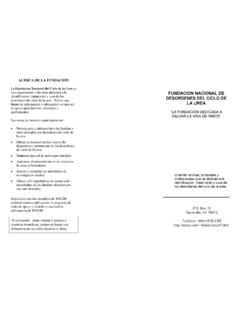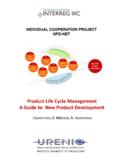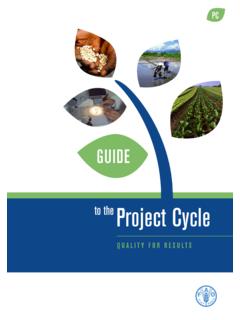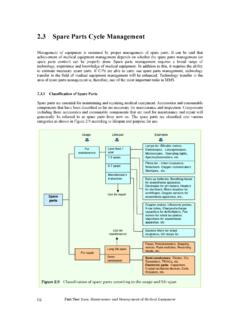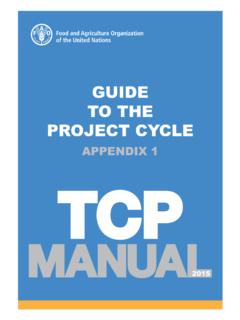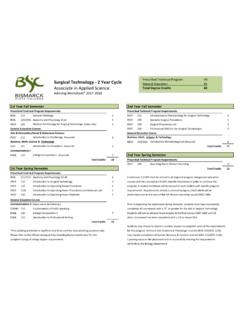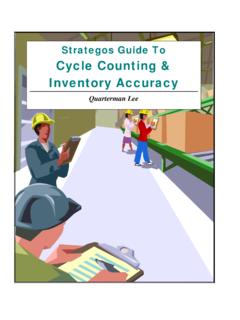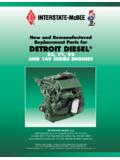Transcription of Urea cycle disorders A guide for patients, parents …
1 urea cycle disorders A guide for patients , parents and families2 ContentsIntroduction ..3 Metabolic function .. 4 How the body deals with protein ..4 The urea cycle ..5 What ar e the symptoms? ..6 Treatment ..7 Aims of treatment ..7 Emergency treatment during acute illnesses ..7 Long term treatment ..9 Diet ..9 Liver transplantation ..10 Medication ..11 How did my child get this condition? ..11 How does this occur? ..12X Linked disease ..13 What does the future hold for my child? ..14 Pregnancy ..15 Travelling ..16 Glossary ..173 Introduction You or your child have/has been diagnosed with a urea cycle any information regarding these types of condition is hard to unders--tand, especially at a time when you are naturally very worried and suddenly provided with lots of medical describing this condition in booklet format, you will be able to read it at your leisure, and then write down any important questions that you may want to ask your specialist doctor, nurse or.
2 Thank you to EIMD for sharing this booklet, which has beenmodi ed for UCD families in the United functionprovide energy and repair foods that we eat are broken down into small packages and either used for growth and repair, stored to be available for periods of starvation, or disposed of as waste. This explanation describes the basic process, but it is of course much more the body deals with protein-ring digestion, protein is broken down into smaller molecules or building blocks to be transported in the blood and used for growth and tissue started as a healthy steak or a glass of milk will have now been broken down into 20 individual buil-ding blocks known as amino acids.
3 These amino acids travel in the bloodstream and are supplied to the cells where they are needed. Generally speaking, we consume much more protein than the body needs. Once broken down by enzymes into smaller products, including ammonia and organic acids. The body is unable to tolerate large amounts of ammonia and organic acids; therefore a process in the liver converts these into harmless forms that can then be disposed of. This is where the urea cycle comes in.,5 The urea cycleHaving explained the basic function of protein metabolism, it is helpful to un-derstand a little about the urea cycle . As previously described, the body needs a way to dispose of the ammonia.
4 This is carried out in the liver, by a conti-nuous process called the urea cycle . As the cycle turns, the toxic ammonia is changed, step by step, into urea (a nontoxic component in the blood), which is later excreted. The urea cycle is controlled by a series of enzymes. In urea cycle disorders one of these six enzymes is not working correctly, and the cycle is urea cycle defects are: NAGS N-acetylglutamate synthase de ciency CPS1 Carbamoyl Phosphate synthase de ciency OTC Ornithine transcarbamylase de ciency ASS Citrullinemia or argininosuccinate synthase de ciency ASA/ASL Argininosuccinic aciduria or Argininosuccinate lyase de ciency Arginase Arginase de ciencyUreaOrnithineArginineFumarateArgin osuccinateAspartateAmmoniaAmino acidsGlutamateAmino acidsN-acetlyglutamateAmmoniaHC03 CarbamylphosphateCitrullineNAGSCPS1 OTCASSASLA rginase6 What are the symptoms?
5 Symptoms vary from individual to individual, and may present at any can become very unwell o nce the baby is fed. This protein intake may exceed the capacity of the urea cycle . Babies with with drowsiness, rapid breathing and vomiting. Hospitalization will be necessary to lower the level of ammonia in the blood and to aid the baby with children with a urea cycle disorder may become very ill, having had a healthy childhood with no sickness prior to this deterioration. This so-called decompensation may be triggered by an illness such as a cold or virus. Sometimes a sudden increase in the amount of protein eaten while on vacation or following a celebration may also precipitate these types of symptoms.
6 When the doctor takes a medical history it is common for parents to recall or comment on fussy eating habits without being aware that their child is self-selecting a diet low in protein. It is usually the onset of acute illness and coma along with the clue in dietary his-tory that will lead to the investigations requiredto diagnose a urea cycle is also a group of older patients - teenagers and adults,, which present with episodes of vomiting, agitation, unusual-behavior or drowsiness. They may appear intoxicated. They mayrequire a short stay in the hospital or emergency room andvein. It is usually only after more than one admission, that a doctor is likely to become concerned and may diagnose a urea cycle disorder after further UCD may refuse to feed and then present7 Treatment Aims of treatmentThe main aim of treatment is to keep the level of ammonia in the blood down at safe levels.
7 Several things may cause the blood ammonia to rise. These include infections or sudden increase in the amount of protein eaten. During periods of illness and infection, the body s response is to break down lean tissue to supply energy. As a result of this, protein is also broken down and released back into the blood stream, which in turn leads to the ammonia level going up. Emergency treatment during acute illnessesIf your child is feeling unwell, they should be treated with an emergency regime. An emergency regimen is necessary for every patient who has a urea cycle disorder, including those who may be mildly a ected. This treatment varies speci cally from one individual to the next.
8 The emergency regimen is prescribed to suit your child as an-individual, it is regularly revised and the adjusted according to the child s age and weight. It is important that the instructions are followed rigidly during illness and the child is able to tolerate the regimen throughout the day and night. Your dietitian will advise you on the emergency regimen and provide some written instructions for your metabolic physician immediately if yourchild develops a virus, has a fever, diarrhea or vomiting, or appears unusually lethargic or agitated. By immediatelyadjusting the diet regimen to prevent productionof excessive ammonia, your child may remain stableenough to prevent while on the emergency regimen, your child continues to vomit and it is apparent that he/she is not recovering, you must either: contact your metabolic specialist and arrange for hospital admission, or go to the emergency room and contact your metabolic specialist or telephone your pediatric unit (if you have an access facility that allows pre-arranged admission).
9 While in hospital, it will be necessary to take blood tests to ensure that the blood chemistry is becoming normal again. One of the blood tests measuresammonia. During phases of illness, ammonia can easily become raised; therefore it is necessary to check it during hospital admission, your child is not responding well to the dextrose drip, further treatment will be needed. If ammonia is allowed to rise to very high levels, drowsiness, irritability and confusion occurs, warning us that the brain is being a ected. In order to prevent this from occurring, it may become necessary to treat with medicines through the vein because your child can t take their regular medications by mouth.
10 The medications used are called sodium phenylbutyrate plus sodium benzoate (Ammonul) or N-carbamylglutamate (described later on in the booklet). Arginine for ASA/ASL and citrullinemia, or citrulline (only for OTC de ciency) are used to help the urea cycle work harder to remove ammonia. If these medications have been introduced and your child continues to remain very sick with high ammonia in the bloodstream, it will be neces-sary to transfer to a unit where a dia-lysis machine will be set up for the child. Dia-through a machine removing the harmful ammon-Long term treatment DietPatients that are diagnosed with a urea cycle disorder often have their dietary protein restricted, or they are advised to be a cautious with the amount of protein they eat.
